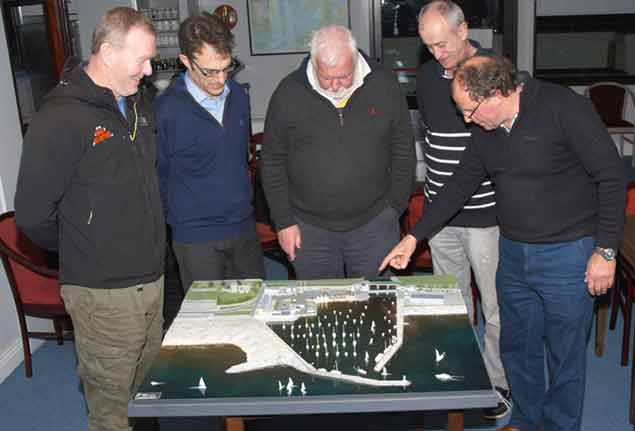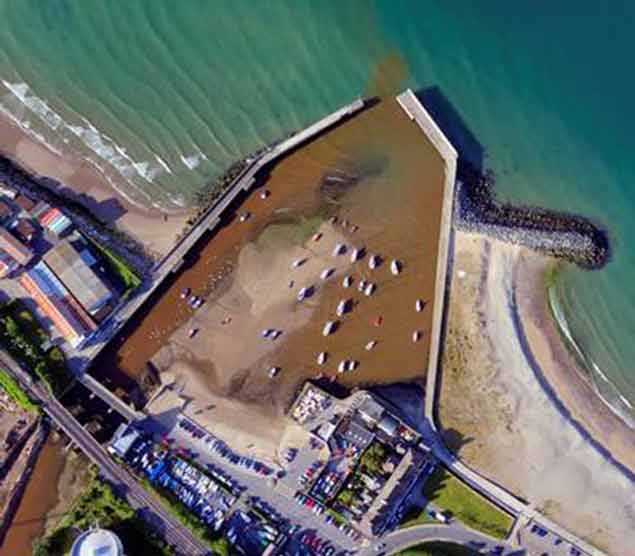Displaying items by tag: silt–up
Following a campaign by Bray Harbour Action Group (BHAG) to deal with a silt–up of the county Wicklow Harbour, BHAG met with Bray Municipal District Councillors yesterday.
Speaking after the meeting BHAG chairman Ger Crowley said” We have a duty of care to maintain and enhance Bray Harbour for our youth and future generations as a vibrant active leisure, sports and commercial area.
BHAG are very pleased, he continued, with the opportunity to share our vision for Bray Harbour with key decision makers of Bray.
The harbour is a great asset that can be put to use to benefit all the people of Bray. Many seaside towns would envy the infrastructure that we already have already in place by way of harbour walls within which to develop, easy access to the promenade and the town and we are readily accessible to visitors by road and rail.
 Stakeholders - (from left) John McNulty, Bray Adventures Ronan Laffan, Bray Sailing Club, Tony Foran, Bray Harbour Mooring Holders' Association, Greg Mulvaney, Bray Head Fishing and Social Club, Ger Crowley, Chairman BHAG with a model to show how Bray harbour could be improved
Stakeholders - (from left) John McNulty, Bray Adventures Ronan Laffan, Bray Sailing Club, Tony Foran, Bray Harbour Mooring Holders' Association, Greg Mulvaney, Bray Head Fishing and Social Club, Ger Crowley, Chairman BHAG with a model to show how Bray harbour could be improved
We believe, he continued, that for a relatively modest investment the harbour can again become a safe docking and berthing facility for coastal cruises and visiting boats bringing many visitors to the town. It can also become a centre for water sports and commercial water based activities.
 An aerial view of Bray harbour showing the current silt–up of sand in the Wicklow leisure port
An aerial view of Bray harbour showing the current silt–up of sand in the Wicklow leisure port
Speaking after the meeting, Ger said, BHAG welcomes the invitation from Bray Municipal District Councillors to form a Joint Working Group to explore how to maximise the potential of Bray Harbour and looks forward to working in close cooperation with Councillors and Officials to achieve positive outcomes.
He cautioned, however, that failure to deal with the build-up of sand in the harbour quickly and efficiently would not only put plans for the future in jeopardy but could lead to the early demise of the harbour as a valuable recreational amenity






























































